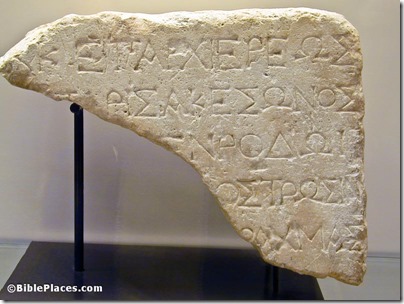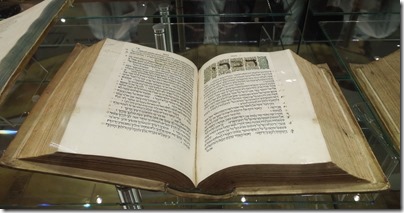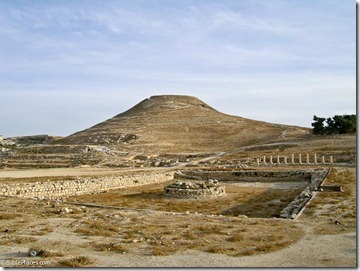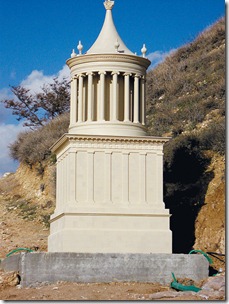The Israel Museum has created a virtual tour of the Herod the Great exhibit in which you can “walk” through the nine galleries, viewing the reconstructions, listening to audio explanations, and watching several video pieces. The gallery is loosely arranged after the journey of Herod from the place of his death in Jericho to his burial at Herodium. Herod’s relationship with Rome is featured, and Ehud Netzer is honored. A photo of the reconstruction of upper and lower Herodium is valuable.
In particular I would recommend the two (silent) videos:
- Herod’s Buildings in Jerusalem provides some excellent footage from the Jerusalem model now on the grounds of the Israel museum. This video could be used effectively in the classroom.
- A time-lapse video of the reconstruction of the upper story of Herod’s mausoleum reveals just how much work was involved in this museum exhibit.
The Herod exhibition has been extended to January 4, 2014.
HT: Jack Sasson
Greek inscription mentioning donation for Herod’s temple in Jerusalem, 21 BC. Now on display in the Hecht Museum, Haifa.




